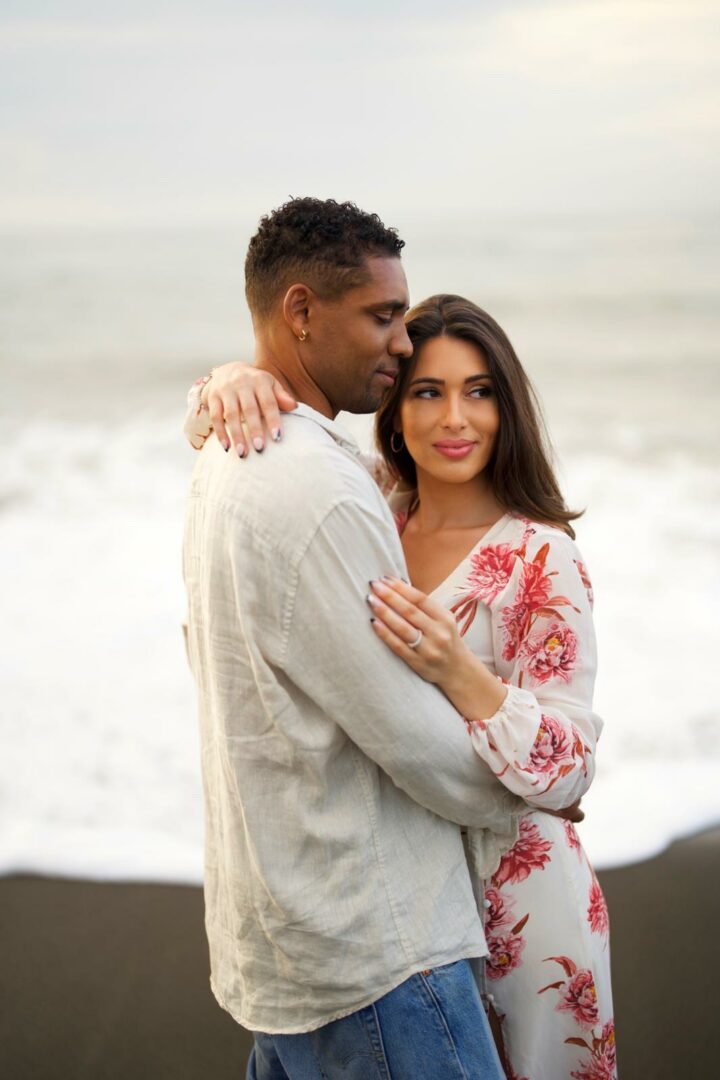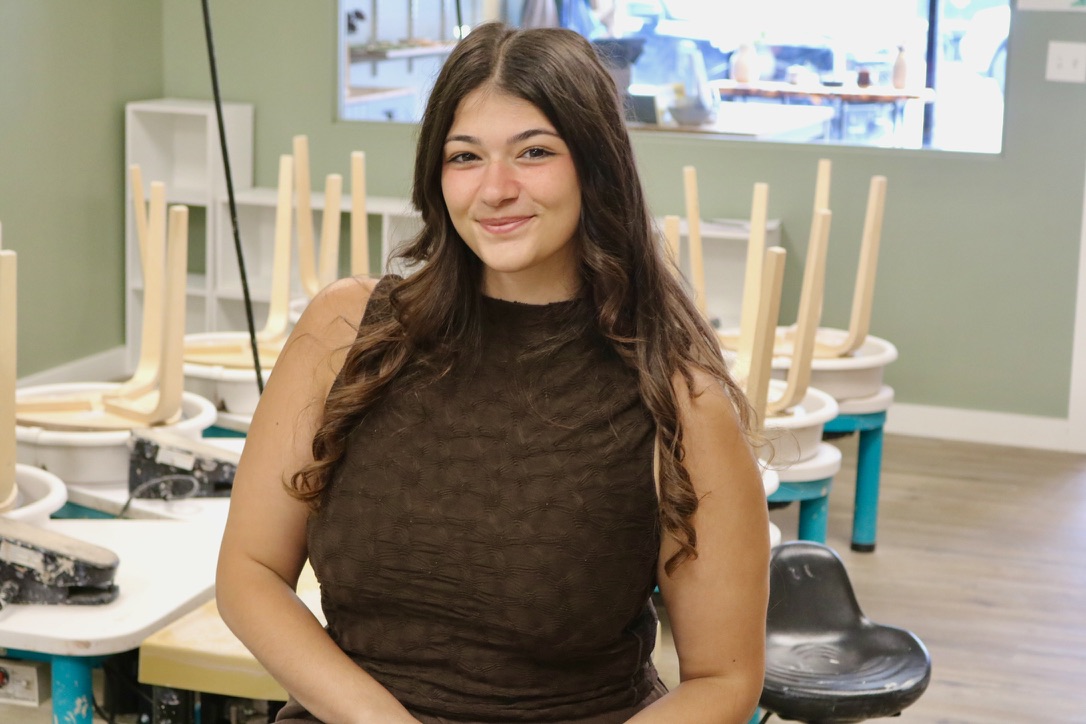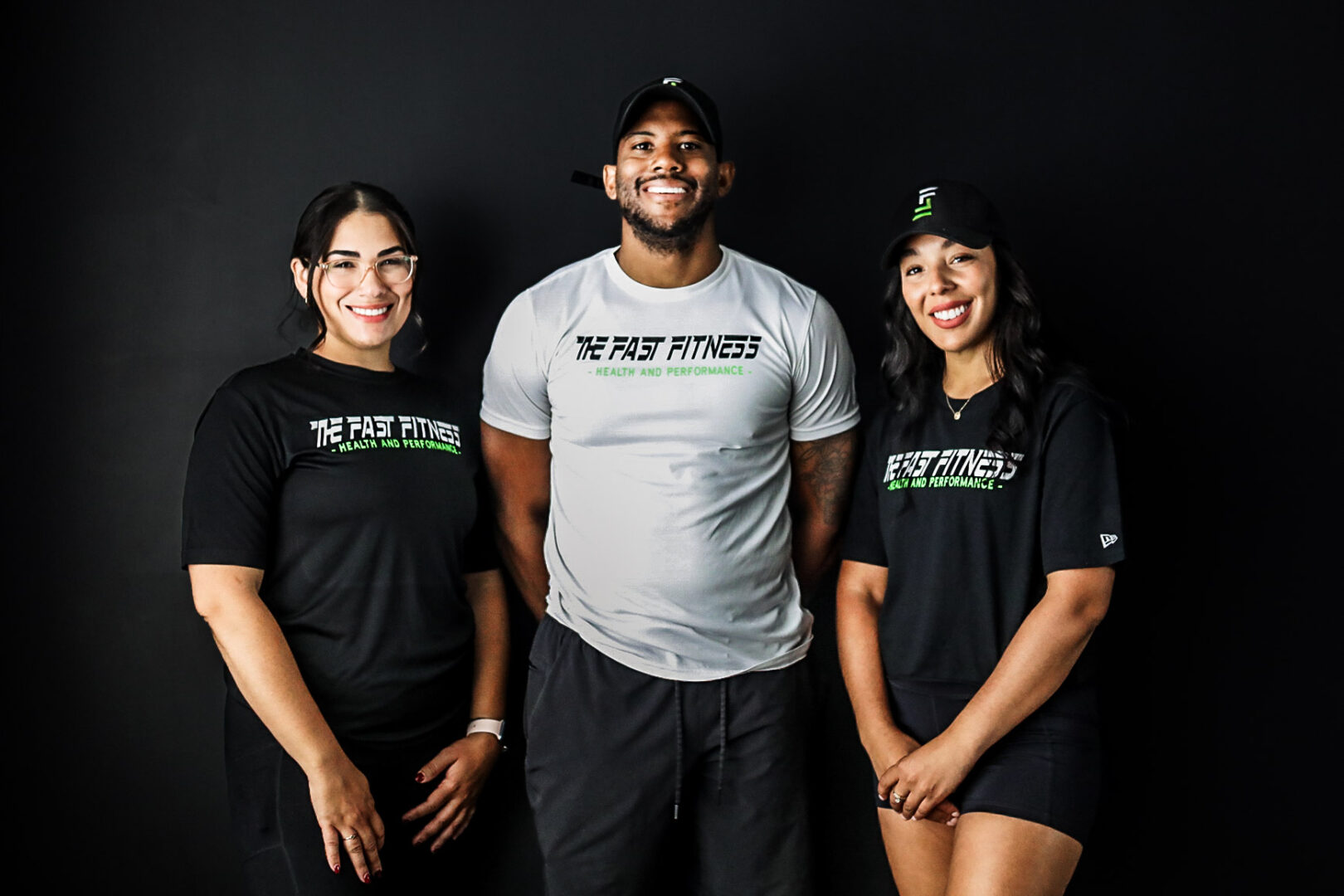We recently connected with Ainaz Alipour and have shared our conversation below.
Ainaz, so excited to have you with us today. So much we can chat about, but one of the questions we are most interested in is how you have managed to keep your creativity alive.
To keep my creativity alive, I immerse myself in a blend of cultural research, hands-on experimentation, and self-reflection. My practice often involves drawing from Iranian heritage, especially through textiles and digital media, which allows me to explore cultural intersections and representations. I find inspiration by actively engaging with the textures, stories, and symbolism within these traditional crafts. Working with fabric, for instance, feels like a bridge between my personal history and the contemporary narratives I want to express.
I also believe that stepping away from a piece and experiencing life outside of the studio is essential. Travel, connecting with others in the art community, and simply observing daily life are all fuel for new ideas. And sometimes, creativity is reignited by revisiting my own past work to see how my approach or perspective has evolved. This dynamic process keeps my creativity alive and my practice feeling fresh.


Thanks, so before we move on maybe you can share a bit more about yourself?
I’m an interdisciplinary artist focusing on the intersections between digital media and traditional crafts, particularly textiles. My work explores cultural representation, gender, and identity, often drawing from Iranian imagery and history to challenge power structures and offer a more intimate view of Middle Eastern culture. Currently, my practice incorporates techniques from Khorasan’s local sewing crafts, integrating embroidery and textile work with digital installations, VR, and video. I feel that this blend of digital and tactile elements allows for a fresh, immersive experience that invites viewers to question their own perceptions of cultural identity and history.
One of the most exciting aspects of my work is how it engages viewers physically and emotionally, creating spaces where they can interact and connect with narratives that are often misrepresented. For example, my recent project *Karvansaray/Khandaq* involves digitally reconstructing Iranian caravanserais built by female rulers. This project, which I’ll be developing further at the ON::View Artist Residency, emphasizes the gendered spaces within this architecture, using semi-transparent fabric panels and motion-triggered projections to let viewers feel and explore the hidden stories of women within these historical sites.
Another ongoing focus is expanding my body of work to integrate soft sculptures and immersive video installations, emphasizing the dynamics and politics of bodies. My previous piece, *Slap-Eaters,* now on view at the Ringling Museum, tackles the theme of colonial misrepresentations by creating limb-like forms that actively push against these narratives.
In addition to these projects, I’m thrilled to announce that I’ll also be attending the Vermont Studio Center fellowship early next year, which will provide the space and support to further my work on these multimedia explorations. My ultimate goal is to continue creating art that challenges historical perspectives, giving voice to untold stories and reimagining cultural spaces through a modern lens.


There is so much advice out there about all the different skills and qualities folks need to develop in order to succeed in today’s highly competitive environment and often it can feel overwhelming. So, if we had to break it down to just the three that matter most, which three skills or qualities would you focus on?
Looking back, three qualities have been pivotal in my journey: resilience, adaptability, and cultural curiosity.
**Resilience** has helped me navigate the challenges of the art world, especially as an immigrant artist. Starting out, it’s essential to remember that setbacks and rejections are part of the process. The best advice I can offer is to keep going and treat every experience—whether it’s a success or a setback—as a stepping stone. This kind of persistence strengthens your creative voice and prepares you to make the most of opportunities when they arise.
**Adaptability** has also been essential, particularly with how rapidly art and technology evolve. Embracing new tools—whether it’s digital media, textile work, or interactive installations—has allowed me to express complex ideas and reach broader audiences. For those early in their journey, I’d suggest remaining open to different forms of expression. Experimentation often leads to unexpected discoveries, and staying flexible in your approach allows you to grow as an artist and refine your practice in unique ways.
Lastly, **cultural curiosity** has been a deep source of inspiration. Learning about my own cultural history, as well as other global perspectives, allows me to create work that feels authentic and informed. My advice here would be to continually seek out knowledge, whether through travel, reading, or connecting with people from diverse backgrounds. The more you understand the world, the more nuanced and impactful your work can become. Embrace your heritage, but also stay curious about the experiences of others—these insights can profoundly shape your creative vision.


We’ve all got limited resources, time, energy, focus etc – so if you had to choose between going all in on your strengths or working on areas where you aren’t as strong, what would you choose?
I believe there’s a balance to be struck between honing our strengths and developing weaker areas, but I tend to lean toward maximizing our strengths. Our strengths are often tied to our unique voice and passions, and by refining them, we can create work that is deeply authentic and compelling. Focusing on what we naturally excel at allows us to find flow and confidence in our creative practice, which is essential for producing impactful work.
That said, it’s also important to address weaknesses that might limit our growth or ability to communicate effectively. My background is in film and animation, which initially gave me a strong foundation in storytelling and digital media. Soft sculpture came into my practice later, and at first, it felt like a completely new medium. Learning textile and sculptural techniques required time and patience, but it opened up a new dimension in my work. Integrating tactile materials into my digital practice added depth and allowed me to explore cultural narratives in ways that video alone couldn’t convey.
For anyone early in their journey, I’d suggest first building on your core strengths to develop a strong sense of identity in your work. But don’t shy away from learning new skills if they could open doors to more effective or innovative ways of working. For me, that mix—anchoring myself in my strengths but investing in strategic growth areas—has helped create a practice that feels true to who I am while still evolving in exciting ways.
Contact Info:
- Website: https://AinazAlipour.com
- Instagram: ainaz_alipour


Image Credits
Head shot by Sara Abbaspour
so if you or someone you know deserves recognition please let us know here.




